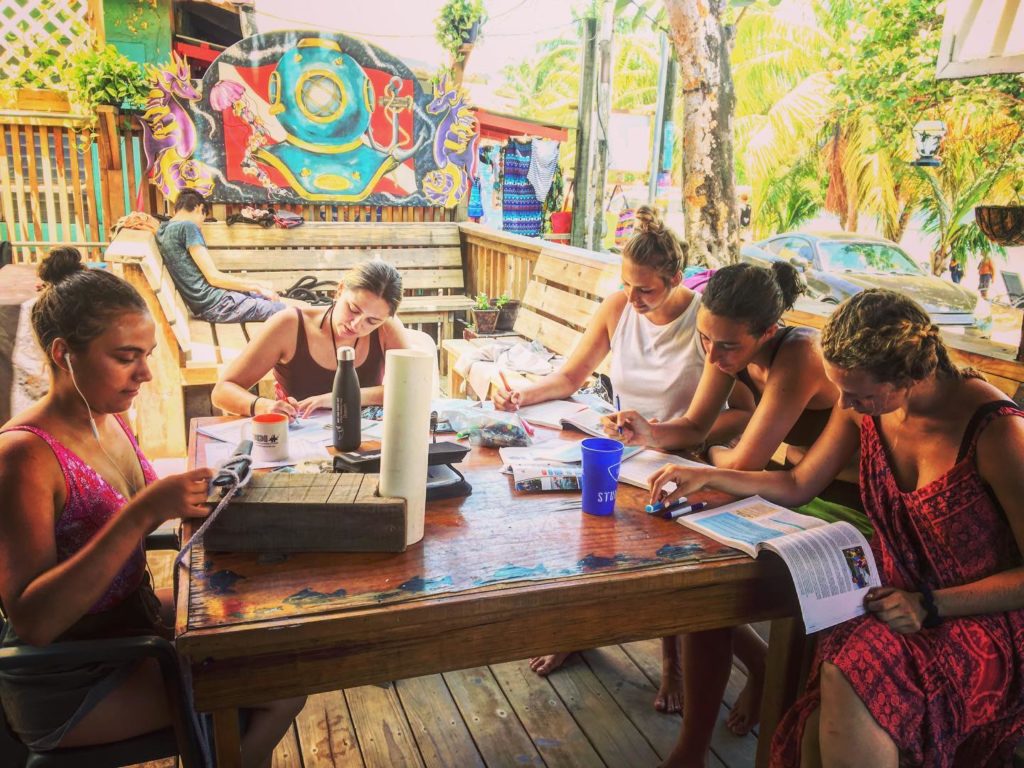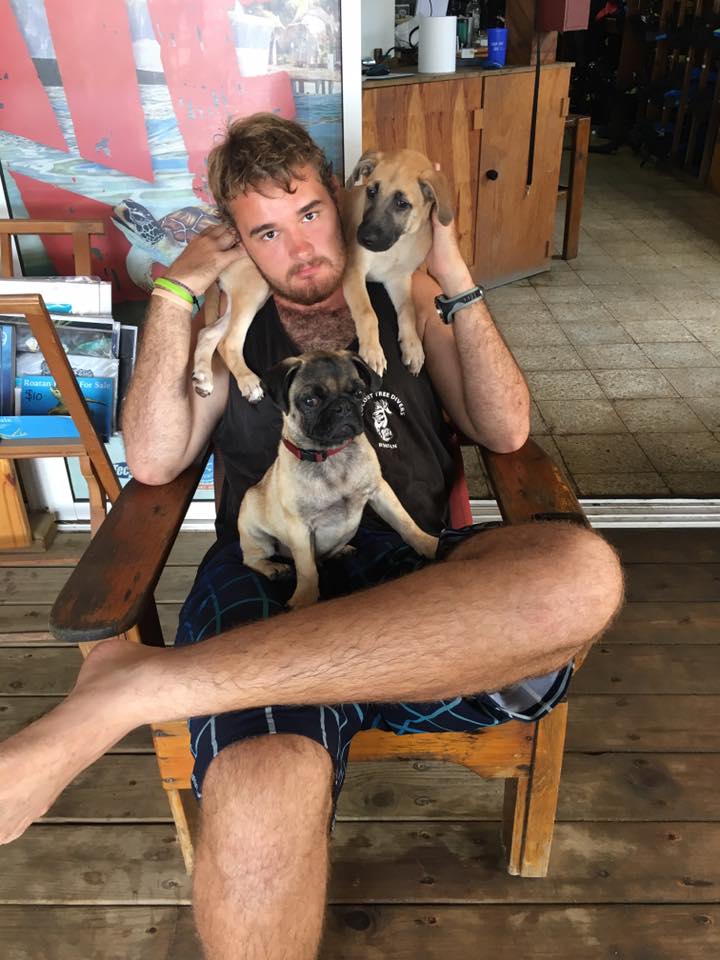Cruisin' into Roatan for the day?! Lucky you!
Roatan is a beautiful Caribbean island that has so much to offer, one of those being STELLAR diving. Roatan is home to the Mesoamerican reef, the second largest on earth! We are lucky enough to be surrounded by this pristine coral reef, allowing for world class diving!

Cruisin' into Roatan for the day?! Lucky you!
If you are looking to strap on a tank (or get your snorkel game on), come on down to Coconut Tree Divers. We have a few great options for you on your Roatan cruise ship day!
Those of you who are certified diver’s can catch one or more of our daily fun dives. No need to worry about specific boat times, as we work around you and your Roatan cruise ship schedule!
Not yet certified or have no experience? We have you covered! Join us for a Discover Scuba Dive to see what the scuba world is all about, or ask about snorkelling.Coconut Tree Divers is located in the heart of West End with plenty of great food and beverage options near by. We have been in operation for over 19 years, no one knows the reef better than us and we cannot wait to share it with you!

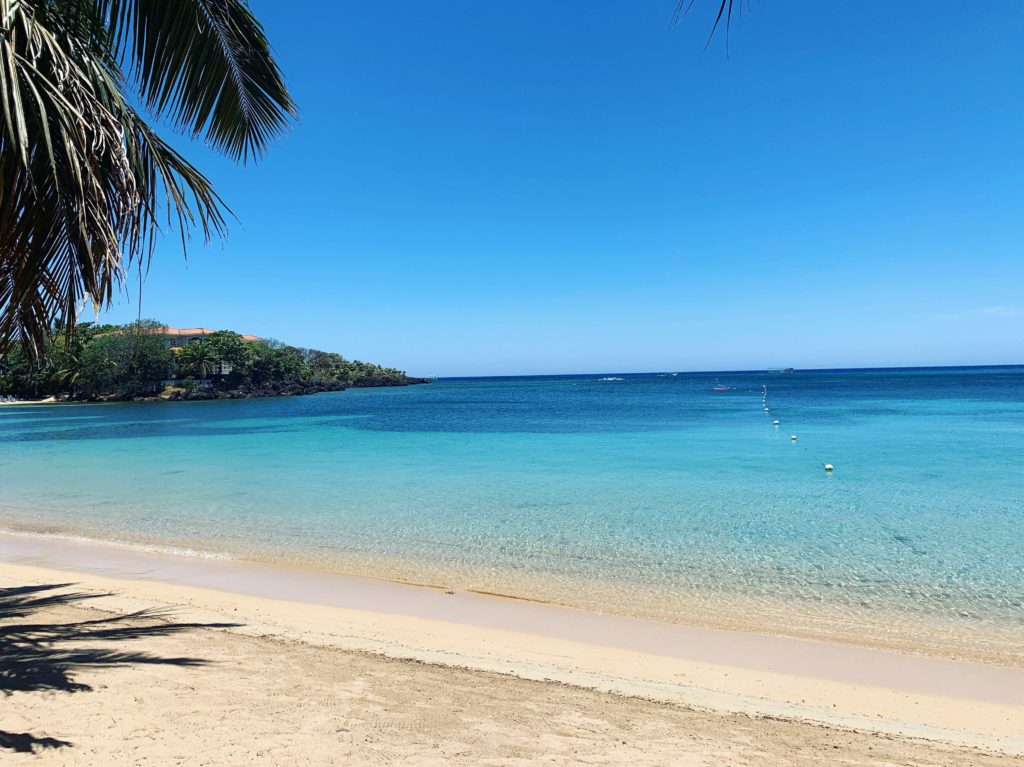
Fun Dives for Certified Divers
We would love to have you join our Coconut Tree family for a day of fun diving. Float through the gorgeous Roatan reef on one of our Divemaster led fun dives. With a 1 or 2 tank option, each dive lasts 50-60 minutes depending on air consumption and depth of dive. If you happen to run low on air before the time limit we have the luxury of having Divemaster Interns to assist you to the surface and back to the boat. Heavy breather?? No problem we have 15L / 100CF tanks for you if needed. Want that extra boost of Oxygen to help you feel better after a dive? Ask about diving on Enriched Air Nitrox.
It is important to us that our customers get the best experience possible! Unlike other big resorts or cruise ship run dives, all our dive groups are kept small to ensure a safe diver to Instructor ratio. Providing a comfortable, hands on, safe and awesome experience! Our large platform boats are equipped with large aluminium ladders that are easy to walk up.
Discover Scuba
There is nothing like taking your first breath under water. If you have always wanted to experience the world of scuba but did not know where to start… Discover Scuba has your name all over it. No experience necessary, just you and your sense of adventure!
To begin, one of our experienced instructors teaches you the basics of scuba, followed by practicing your skills in confined water, and then off to meet all the marine life for your very first shallow scuba dive!
Snorkel
If breathing underwater is not your thing, we also offer snorkel trips. The snorkelers board the same boat as our divers, allowing you access to all the best reefs spots. Perfect for families or couples who are split between divers and snorkelers but want to remain together!

Price & logistics
From Mahogany Bay dock it is a 35 minute car ride, from the Port of Roatan a 15 minute ride. The cost for a 2 tank certified diver trip with transportation to and from your cruise ship is $100 per person or $60 per person for a one tank dive. For a Discover Scuba session with round-trip transportation the cost is $120 per person. Snorkeling is $10 a person, or $30 a person including transportation. Our fantastic and reliable driver Murphy will be waiting for you at your port! All prices include free equipment rental and all boat rides are typically 10 minutes or less. Our boats are spacious, have rooftops to keep you shaded with custom built ladders to walk up, not climb!
To book with us simply book your reservation online or email us at [email protected] with any questions or inquires. We will get you sorted with all you need, allowing for a relaxing a stress free day on the island.
Photography

Gotta keep ‘the gram’ up to date, we know you want a picture with a turtle!! Let us capture your time under water in Roatan. You can hire our lovely photographer to capture candid’s of you underwater, or rent out an underwater camera. Check out more details here.
We cannot wait to meet you!
Molson, our fearless leader and dive shop watch dog will be waiting for you on your Roatan cruise ship day!

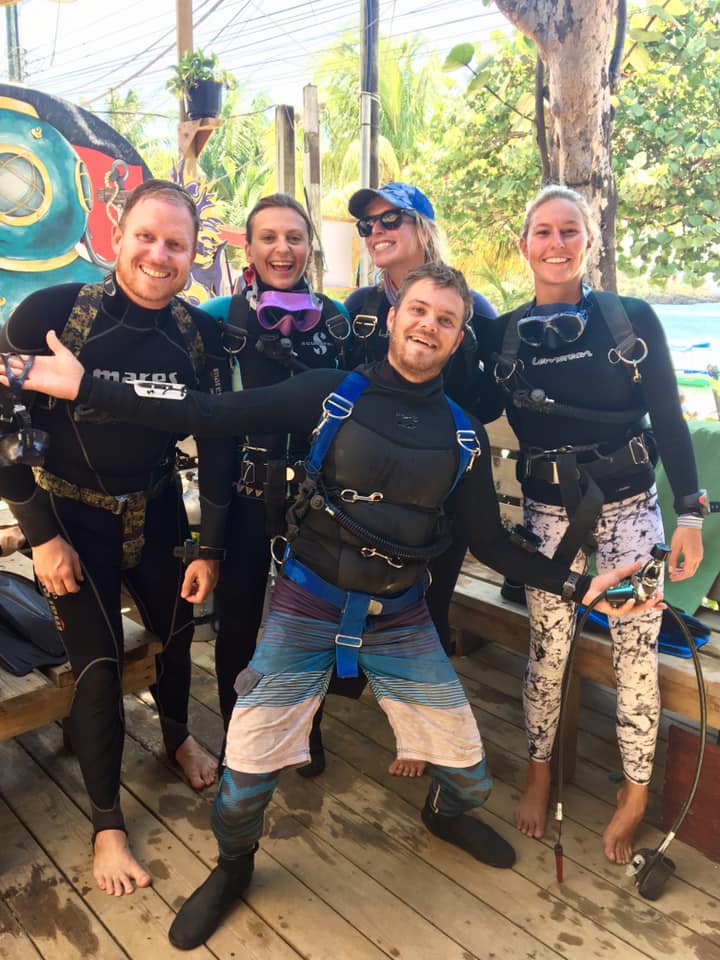
To read about other’s excellent experience with us, look us up on trip advisor !
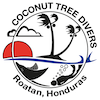

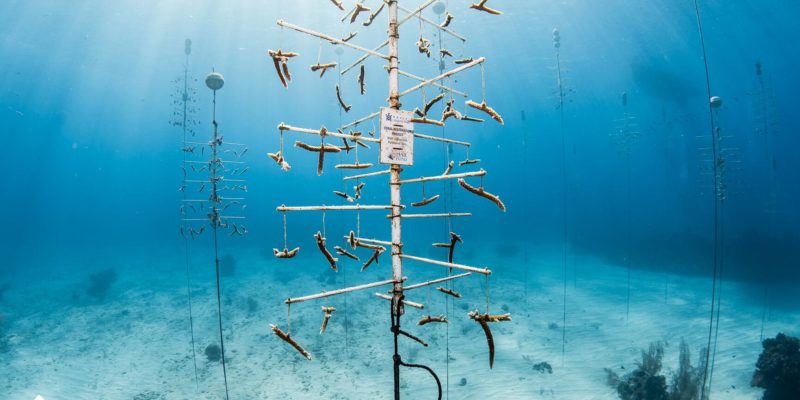
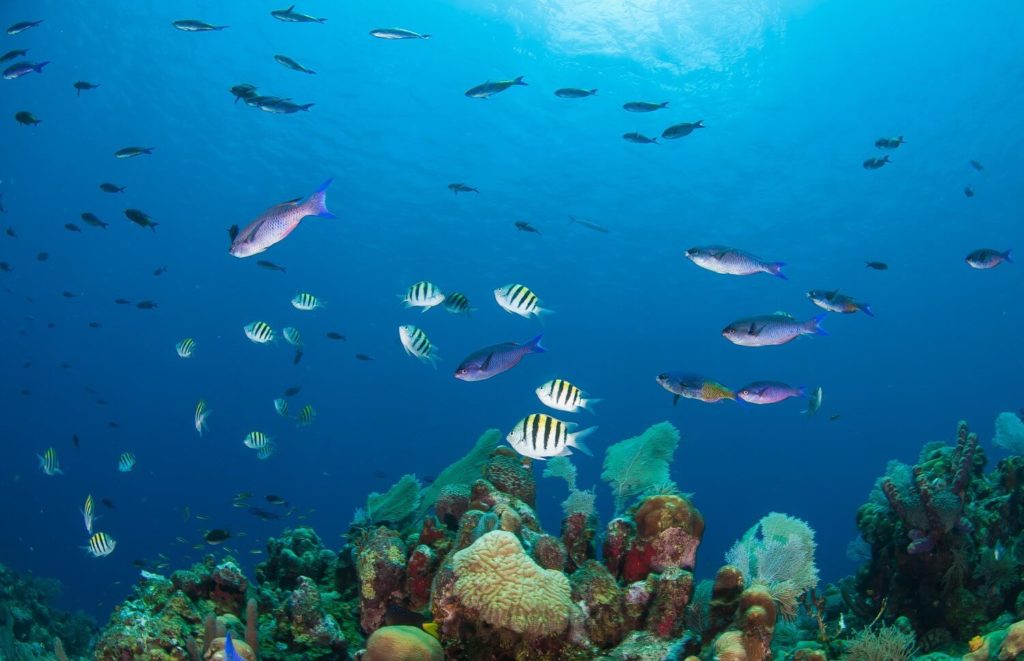
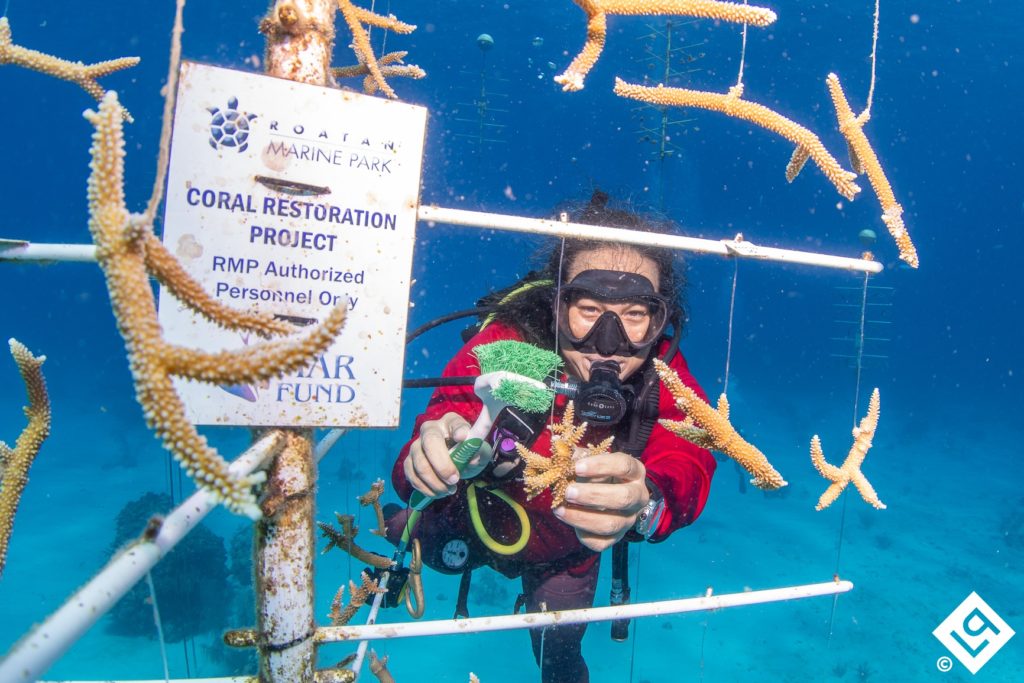
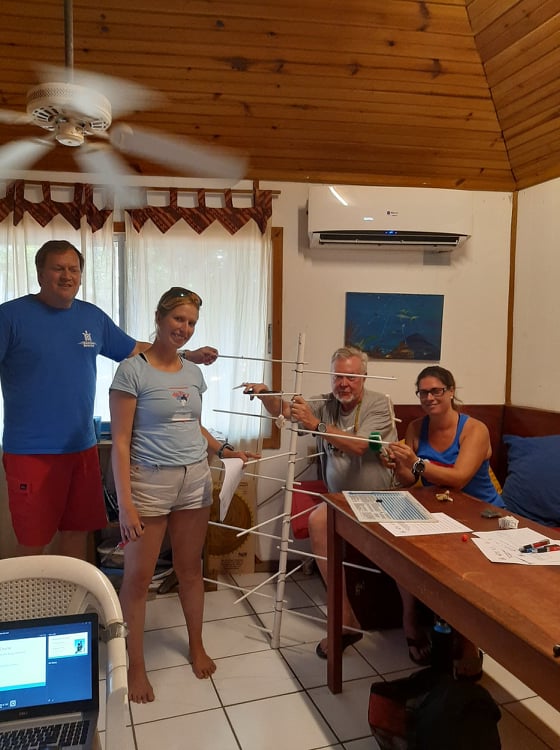

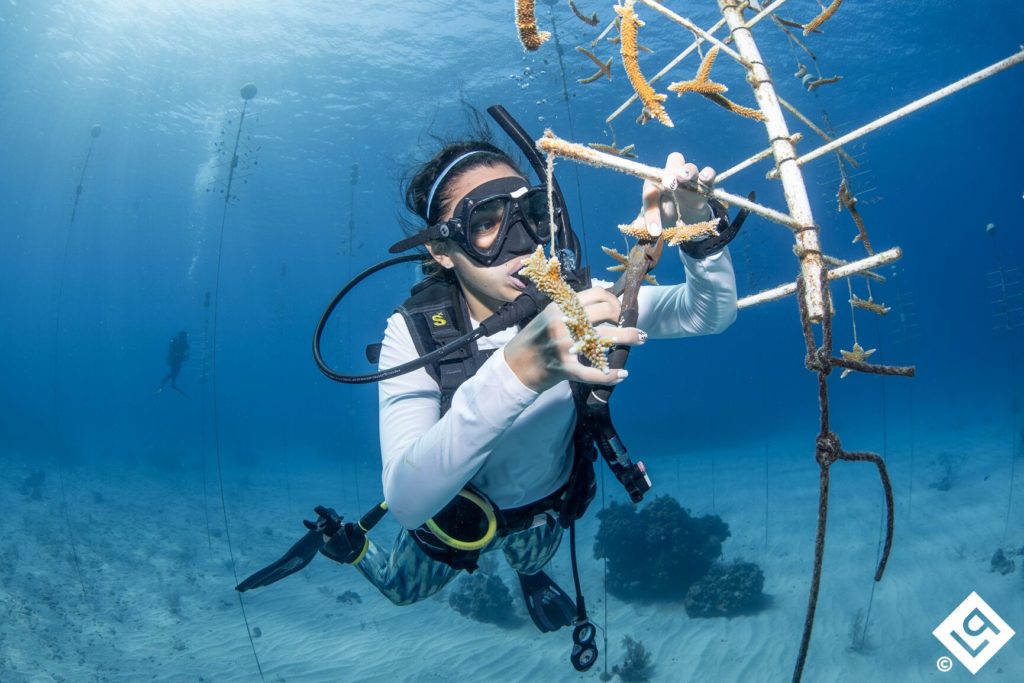

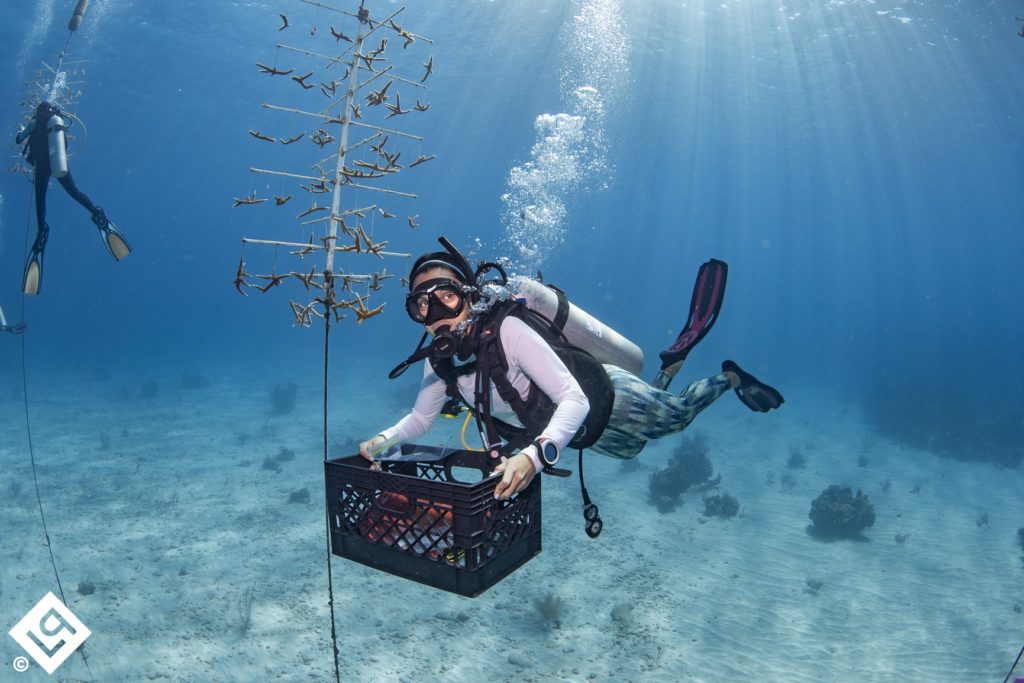
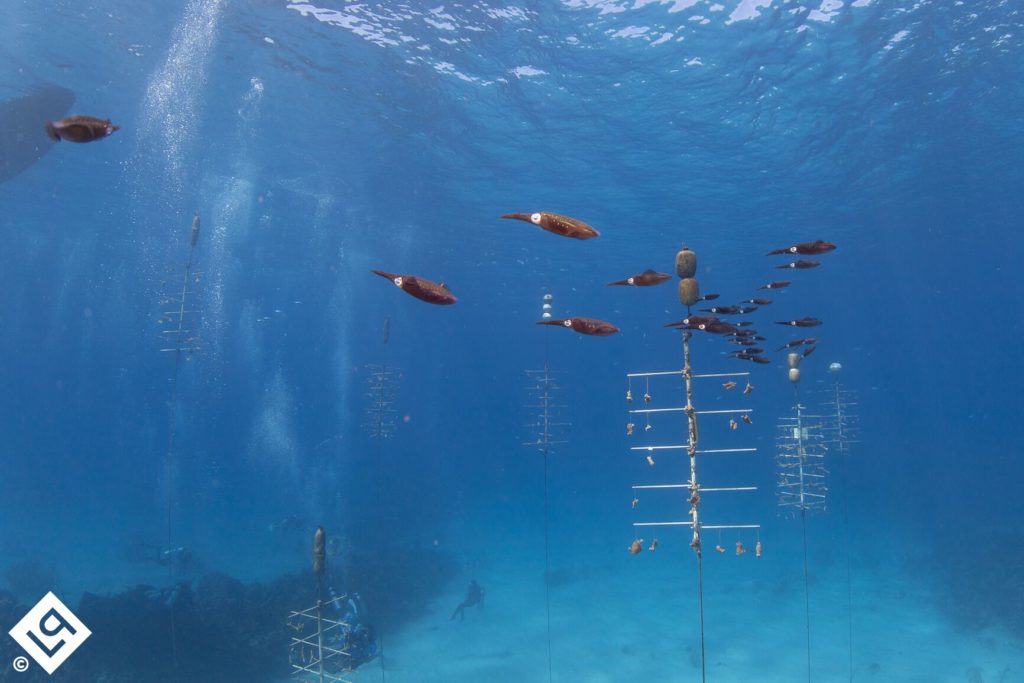

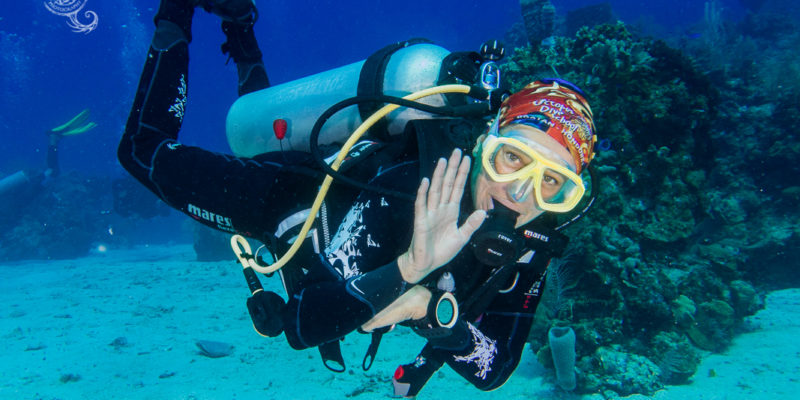
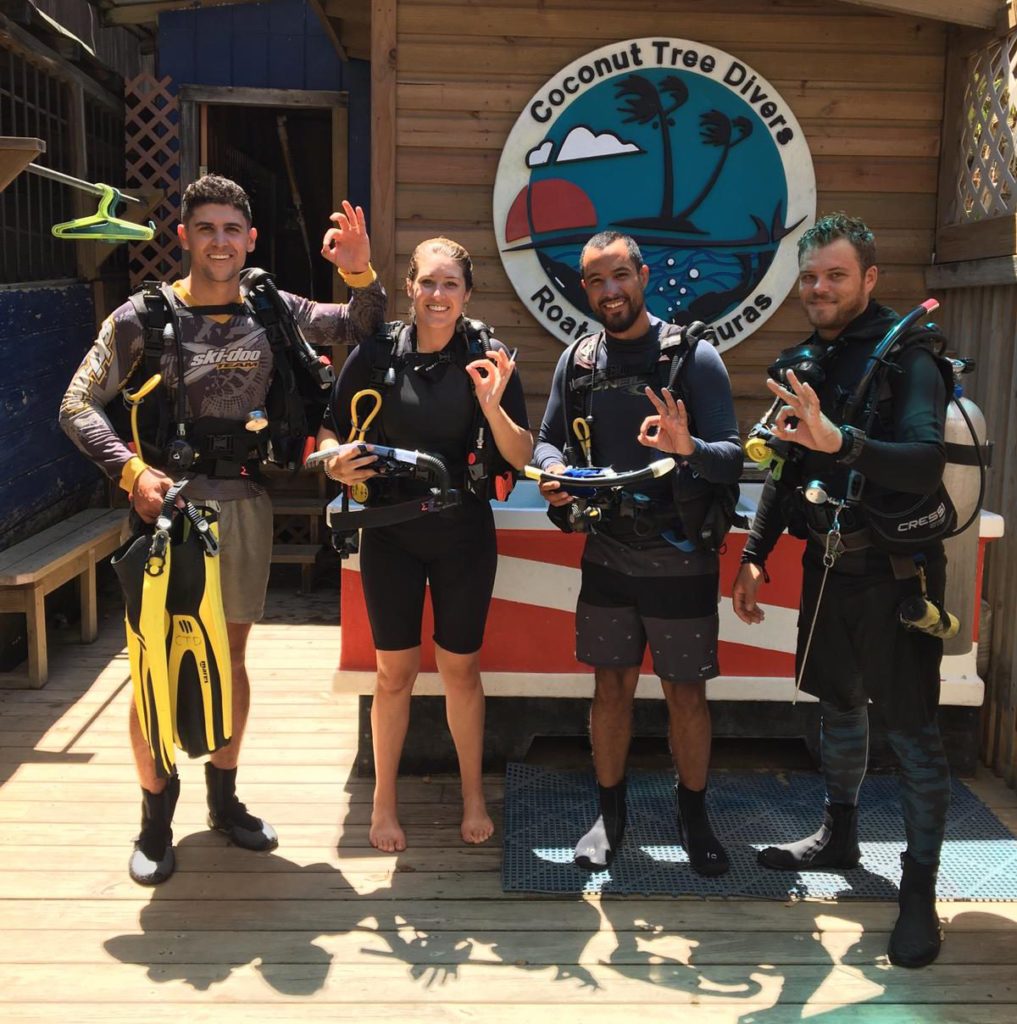
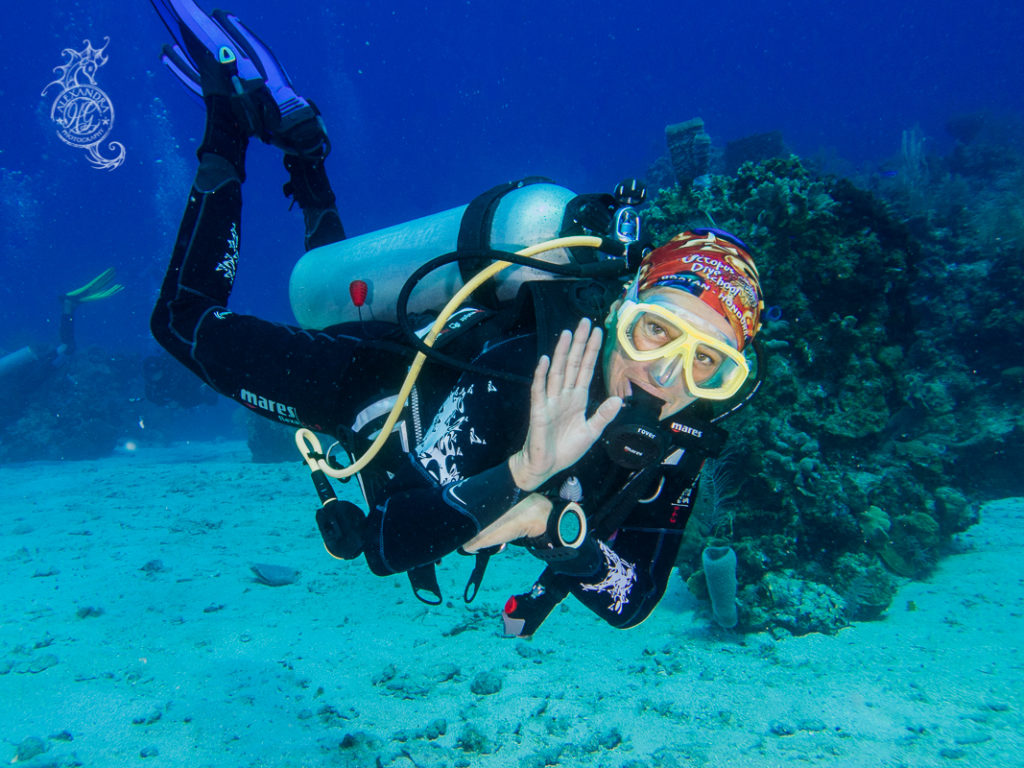

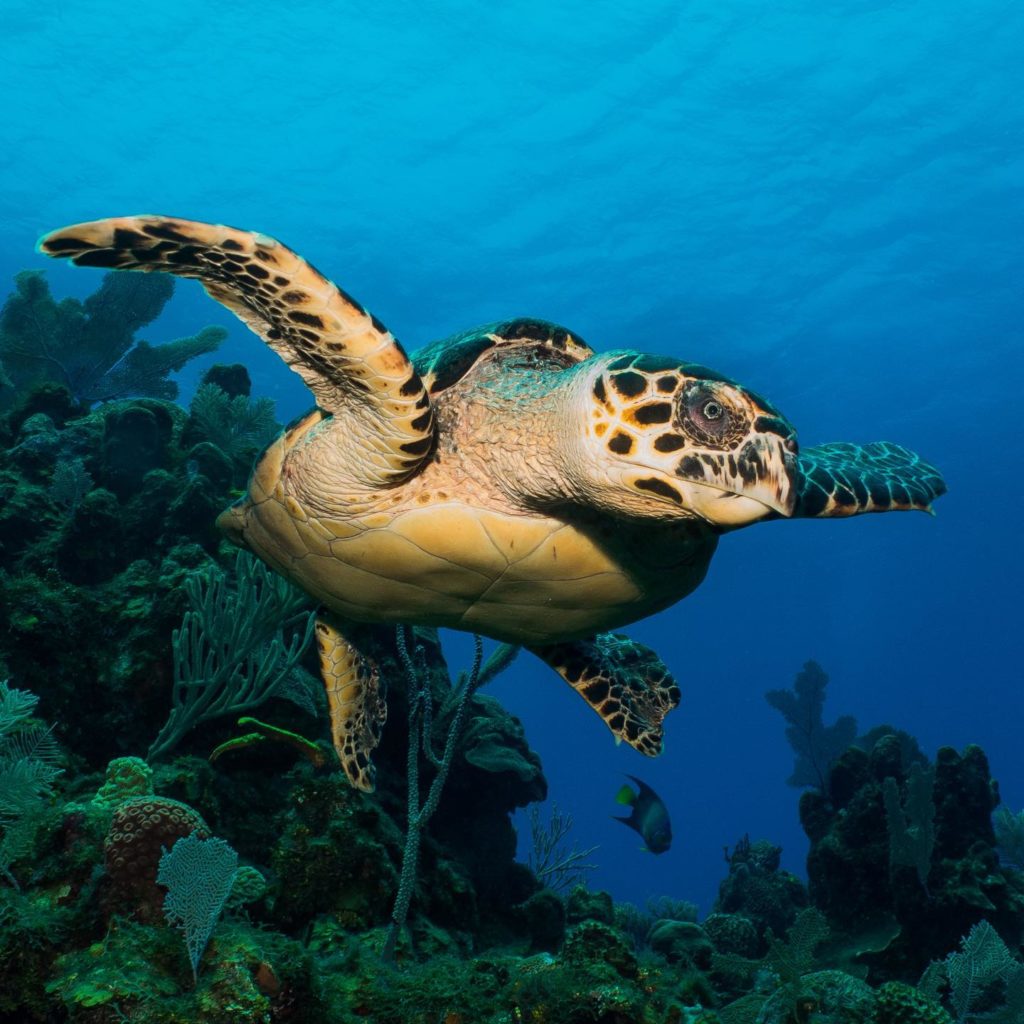
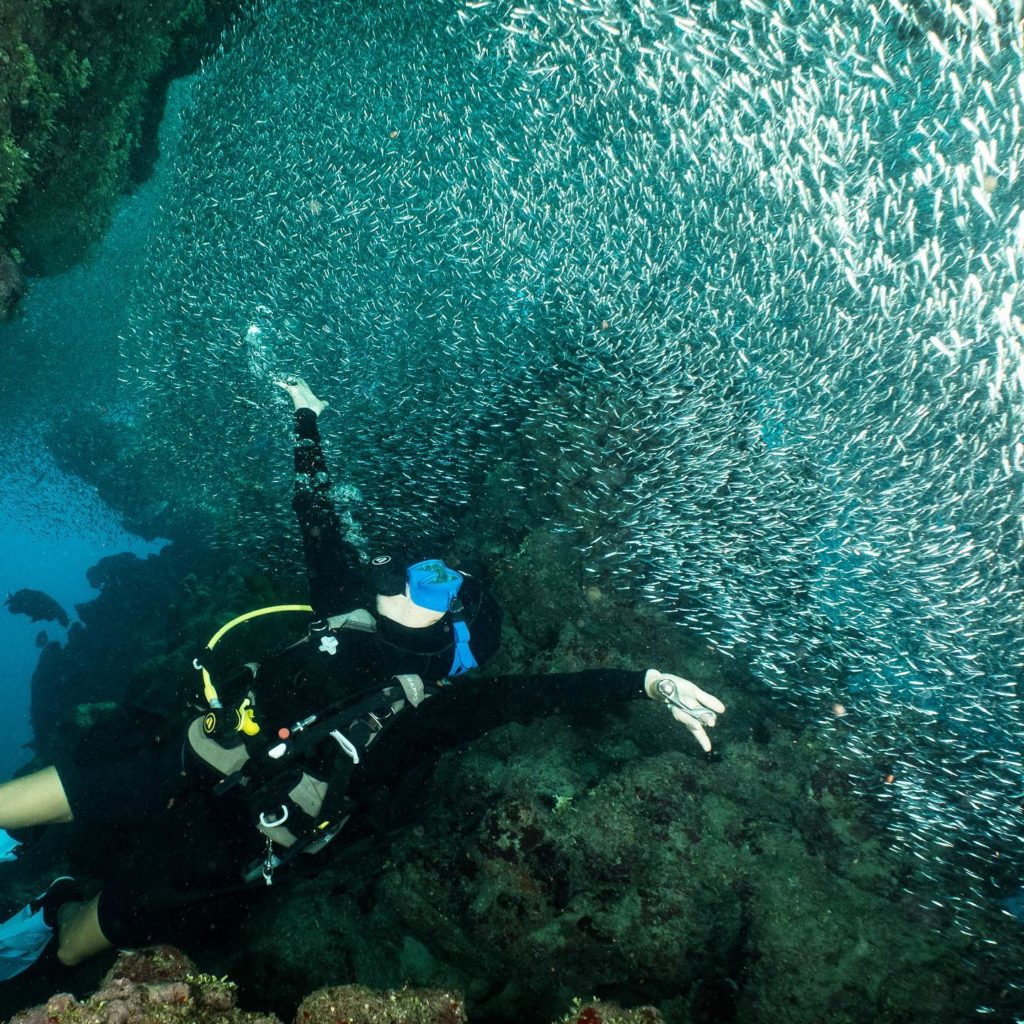


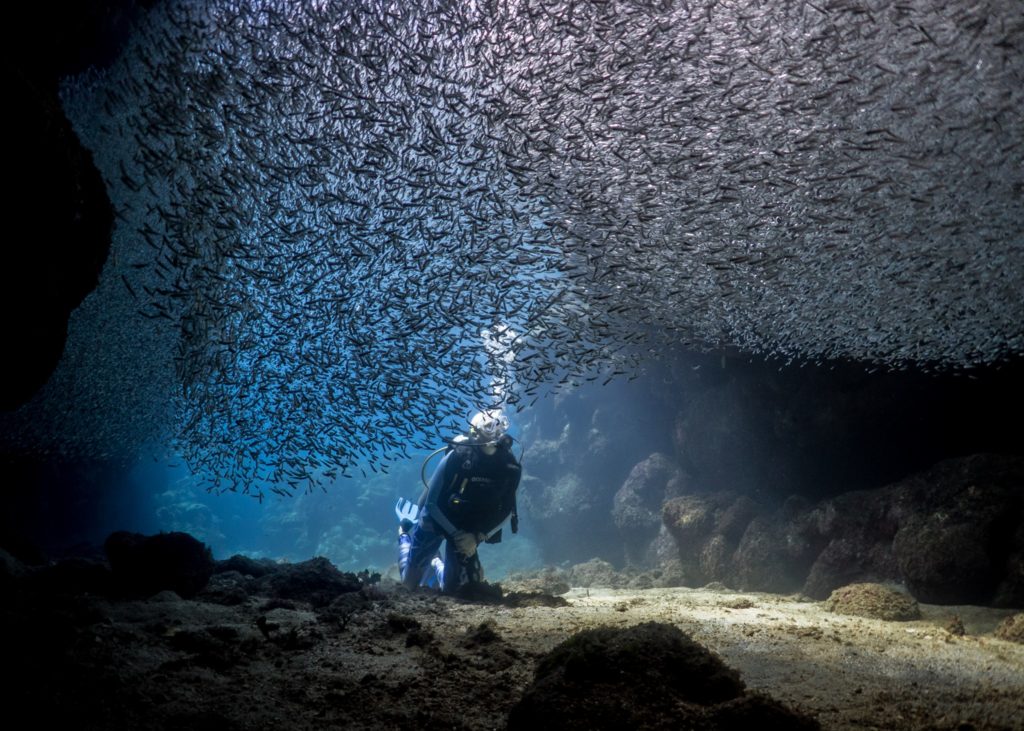
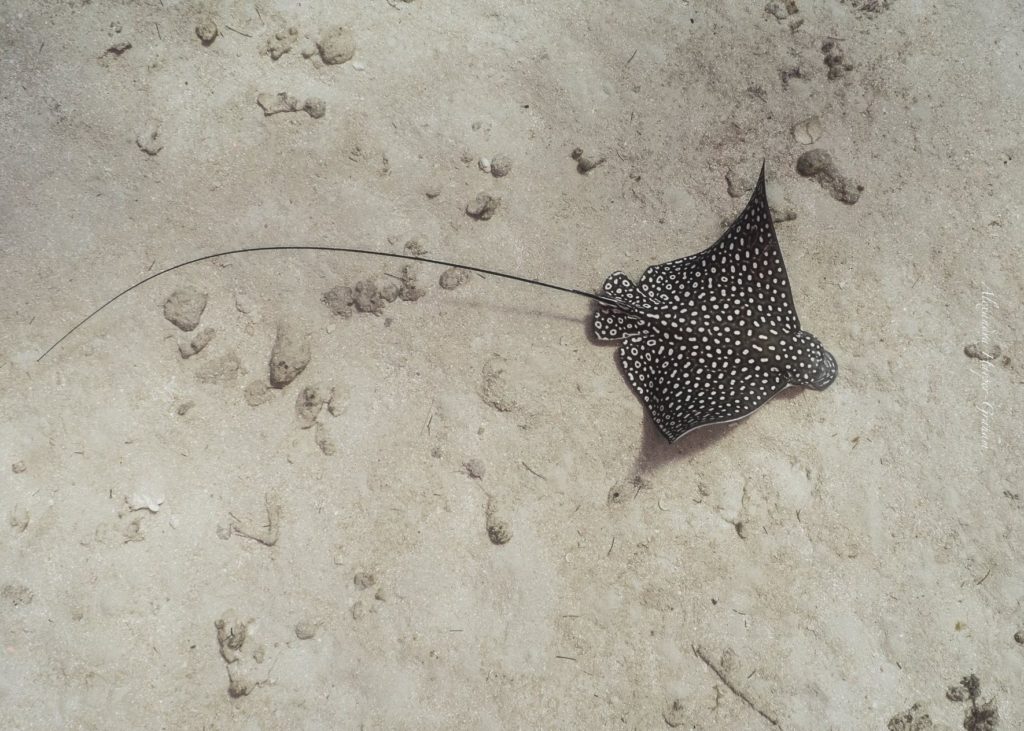
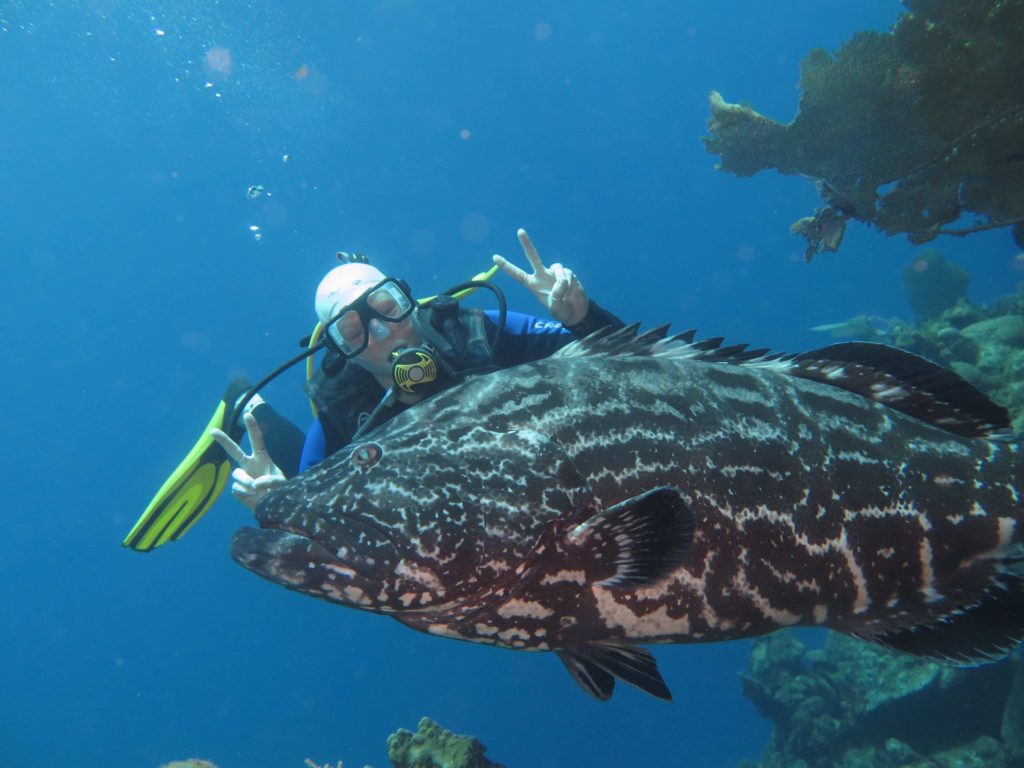

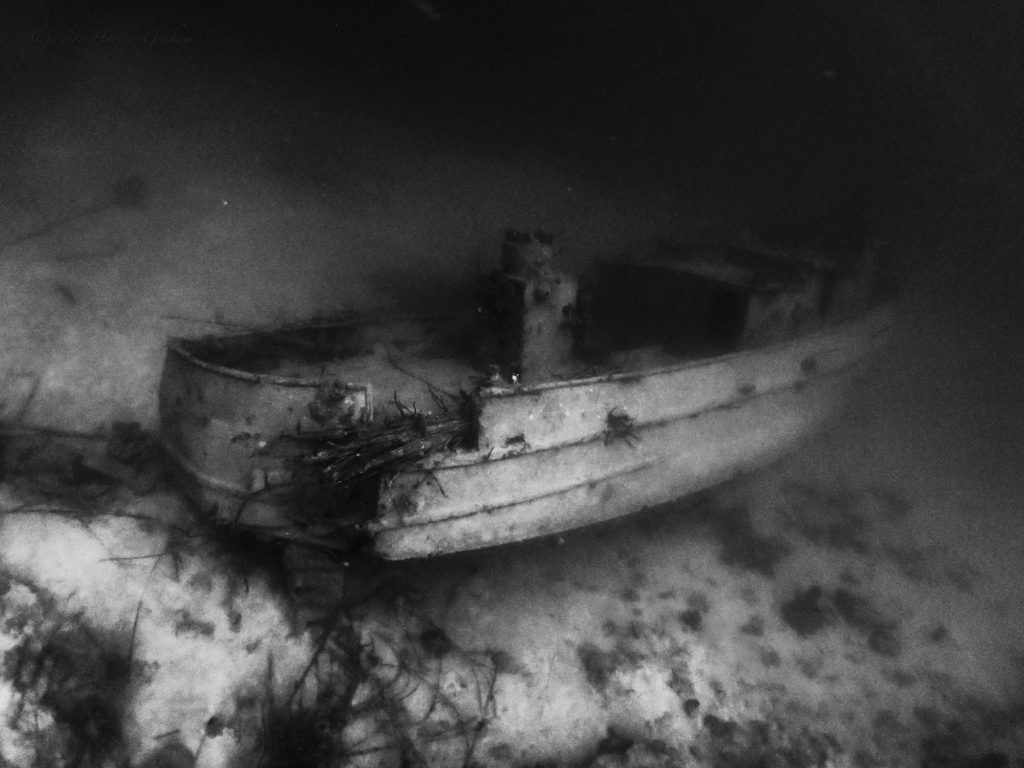
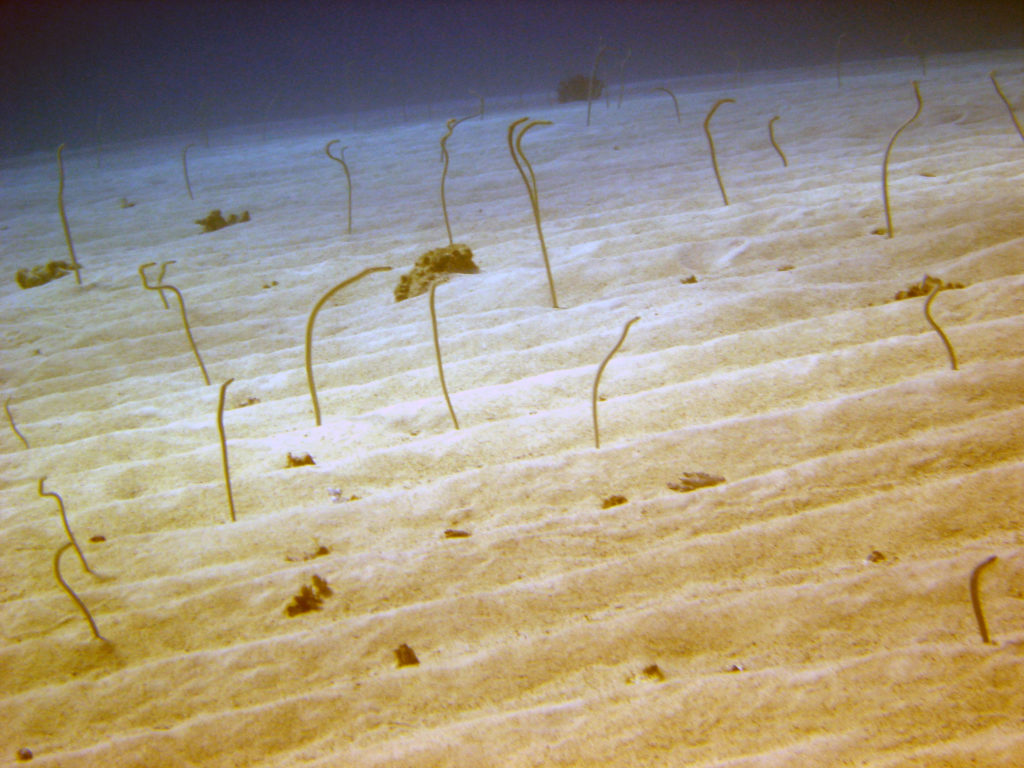

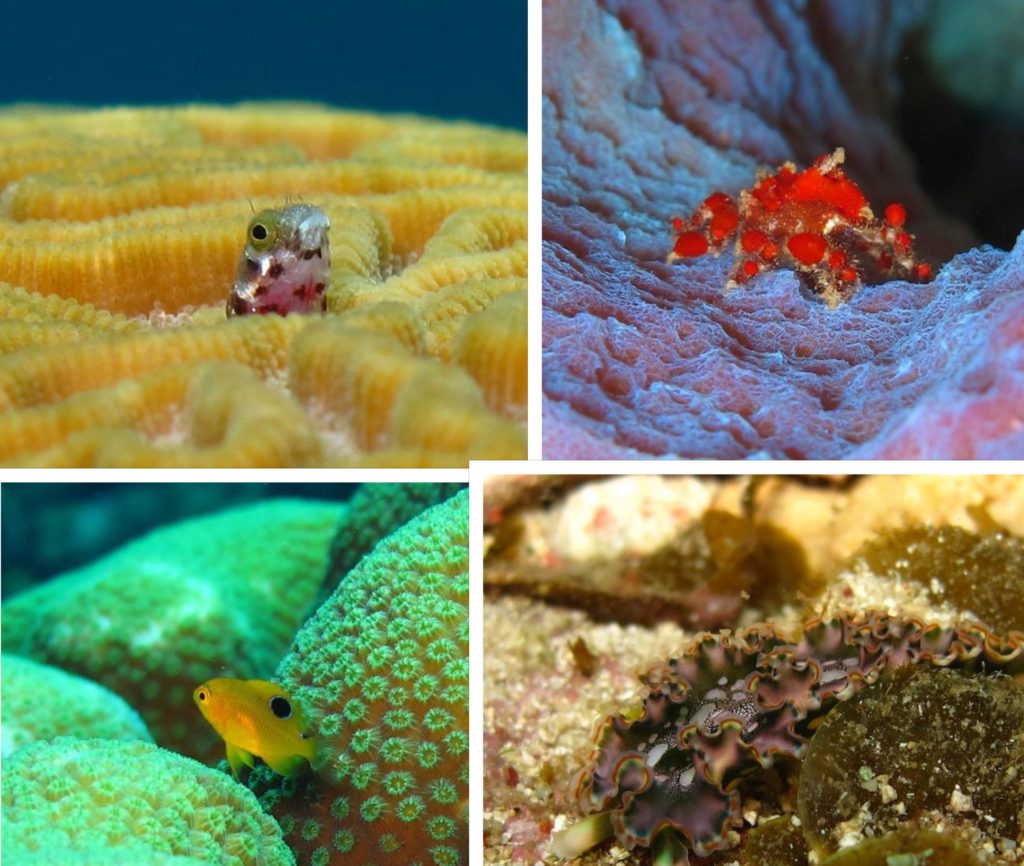
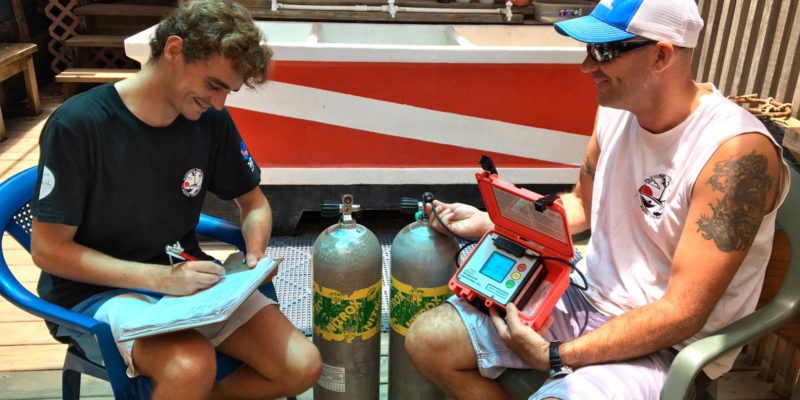
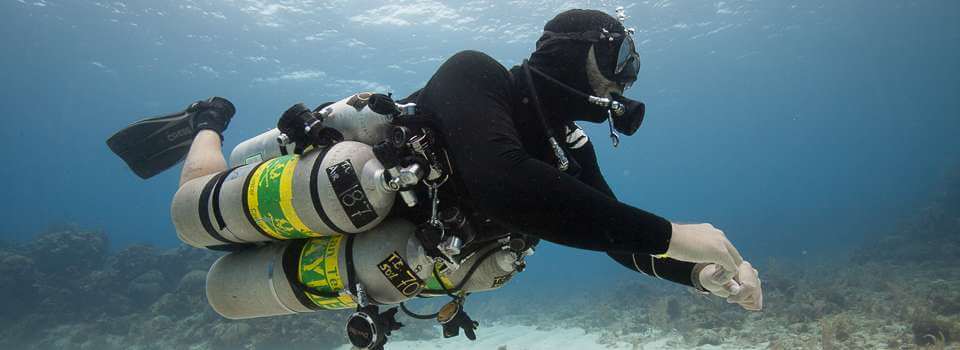
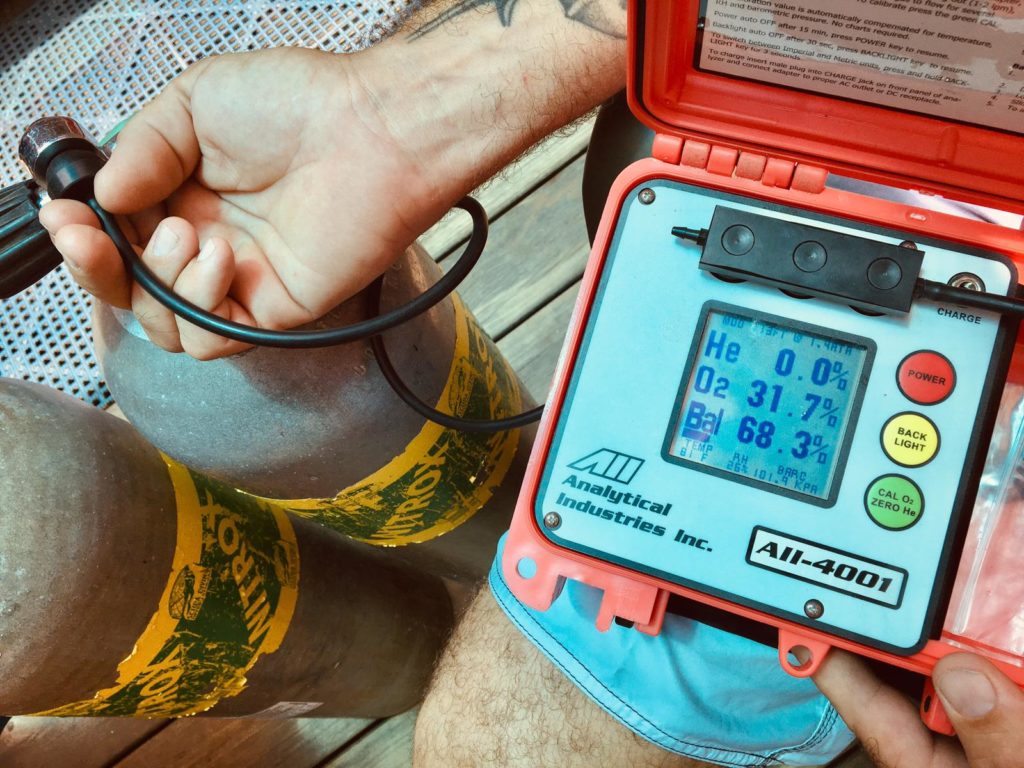

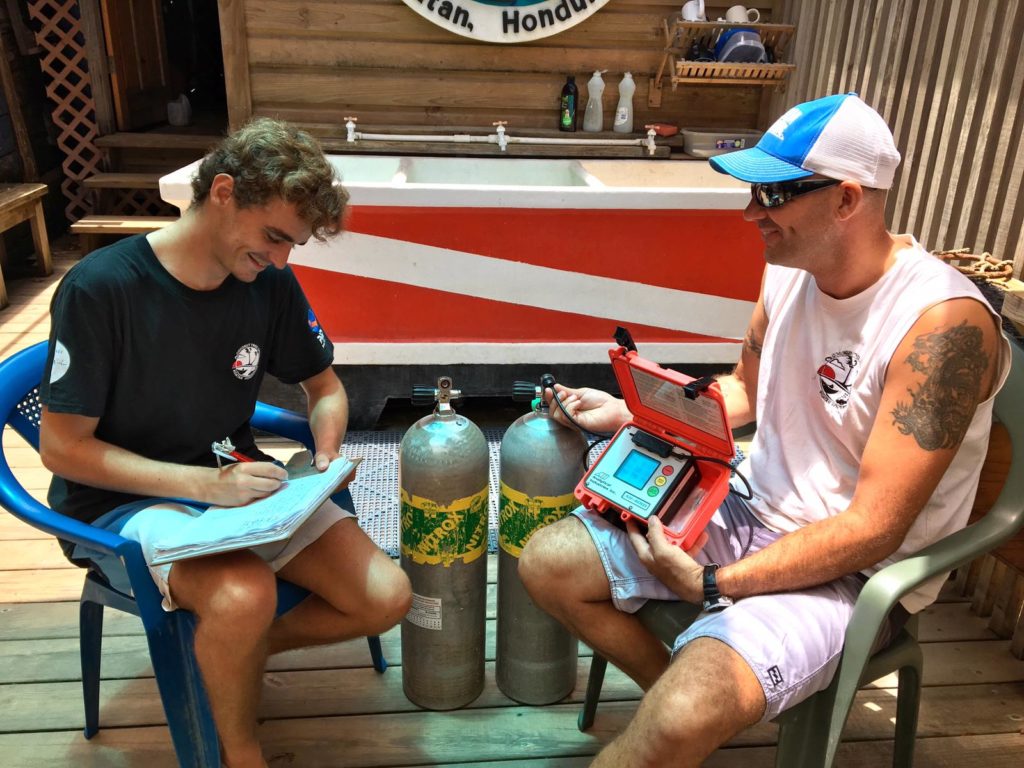


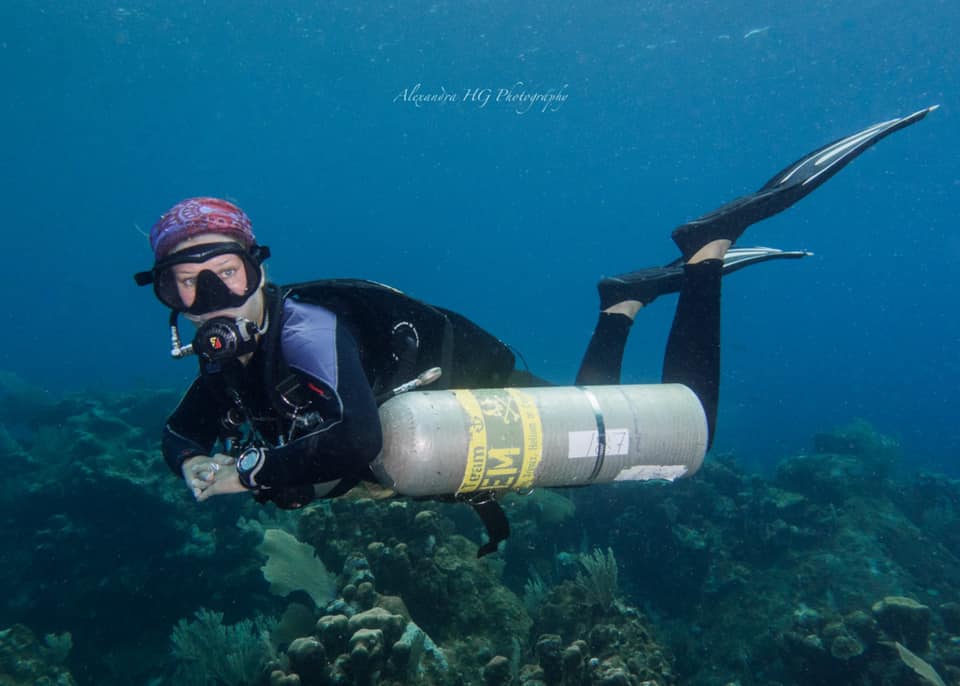
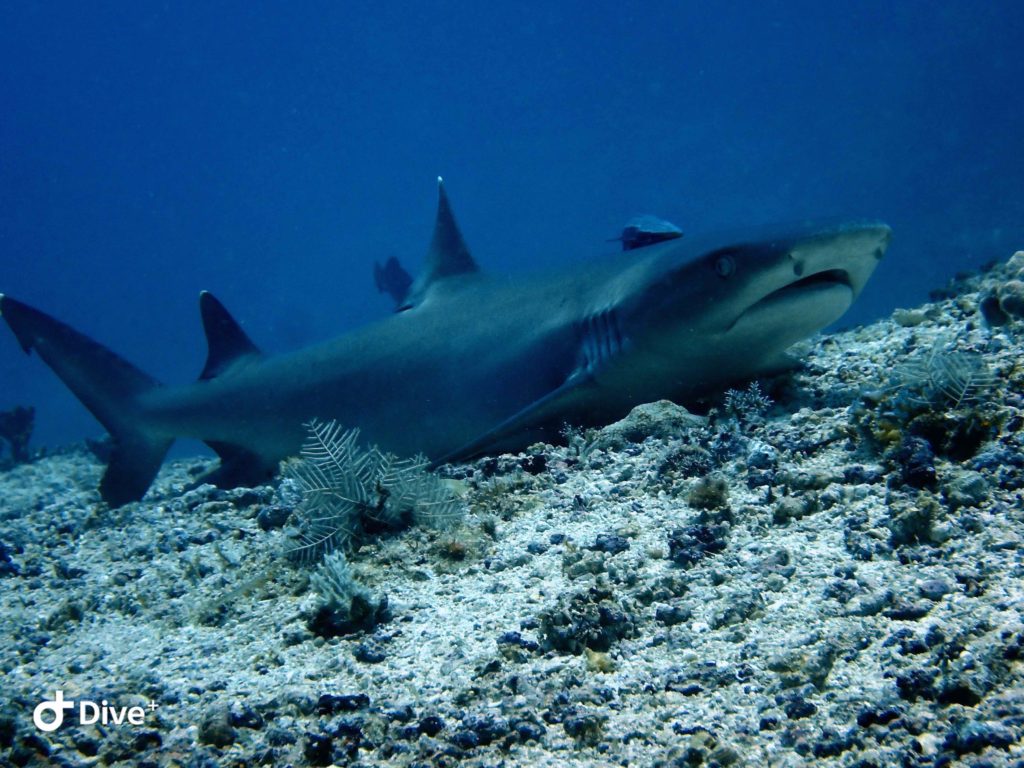
 )
)
